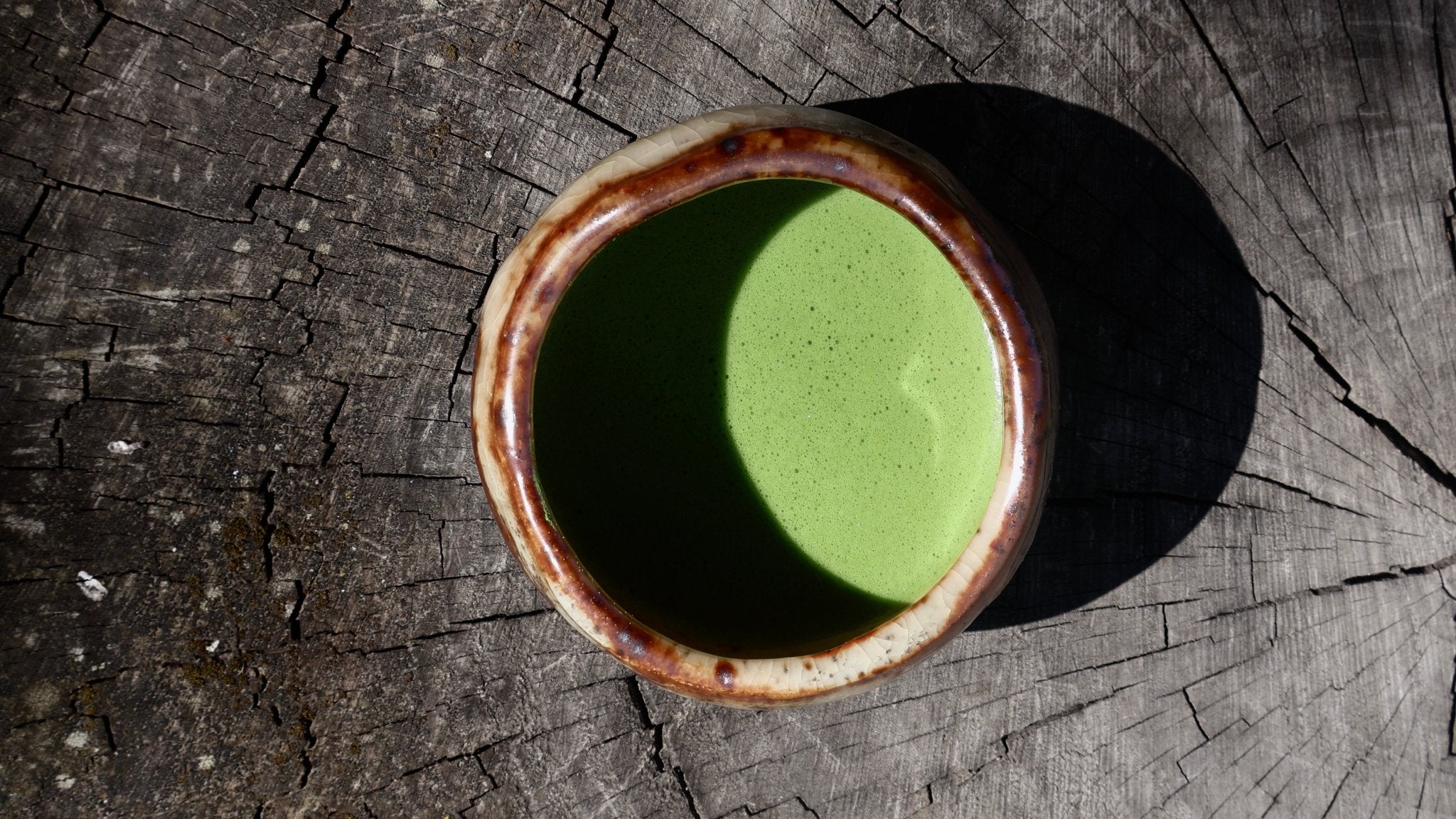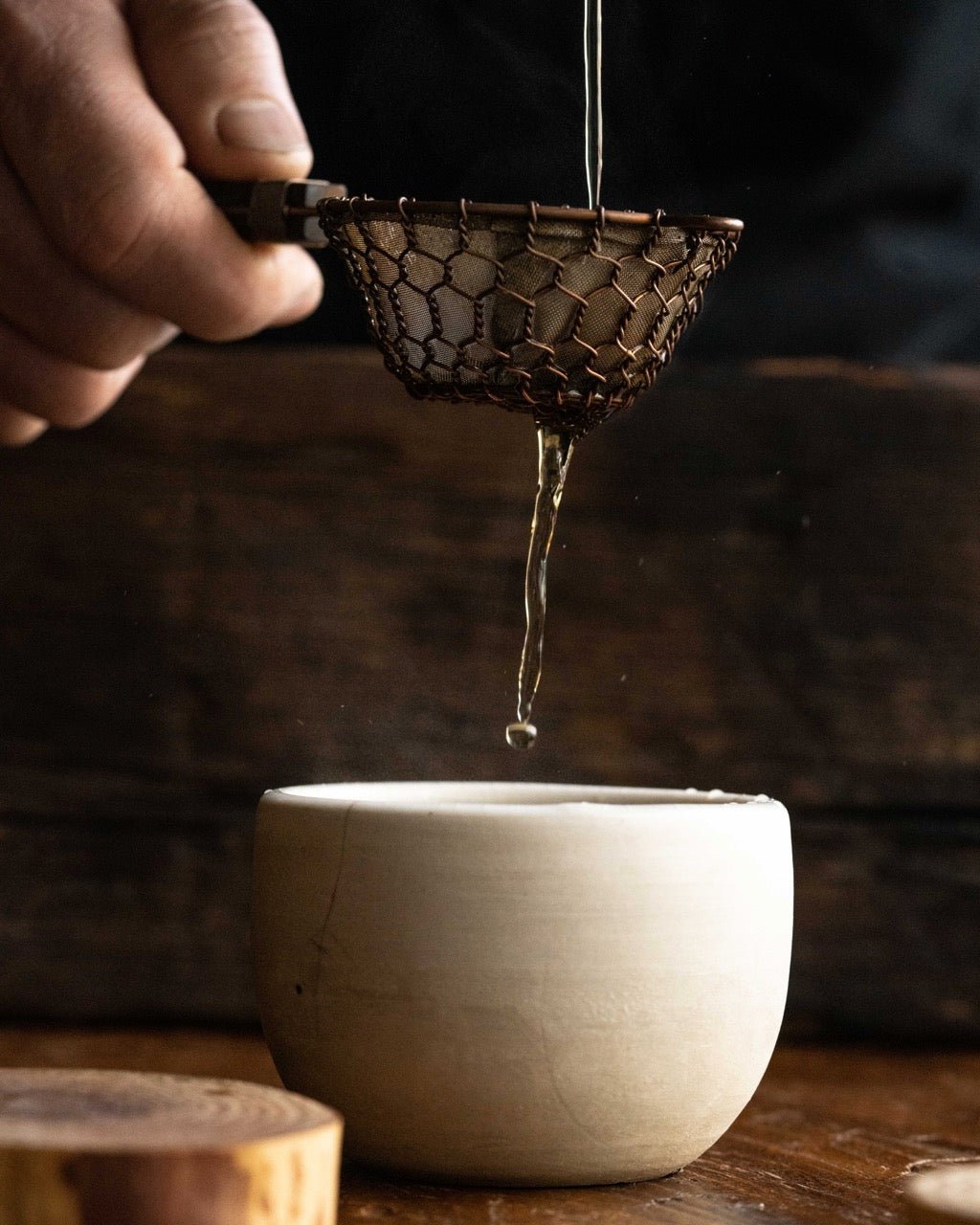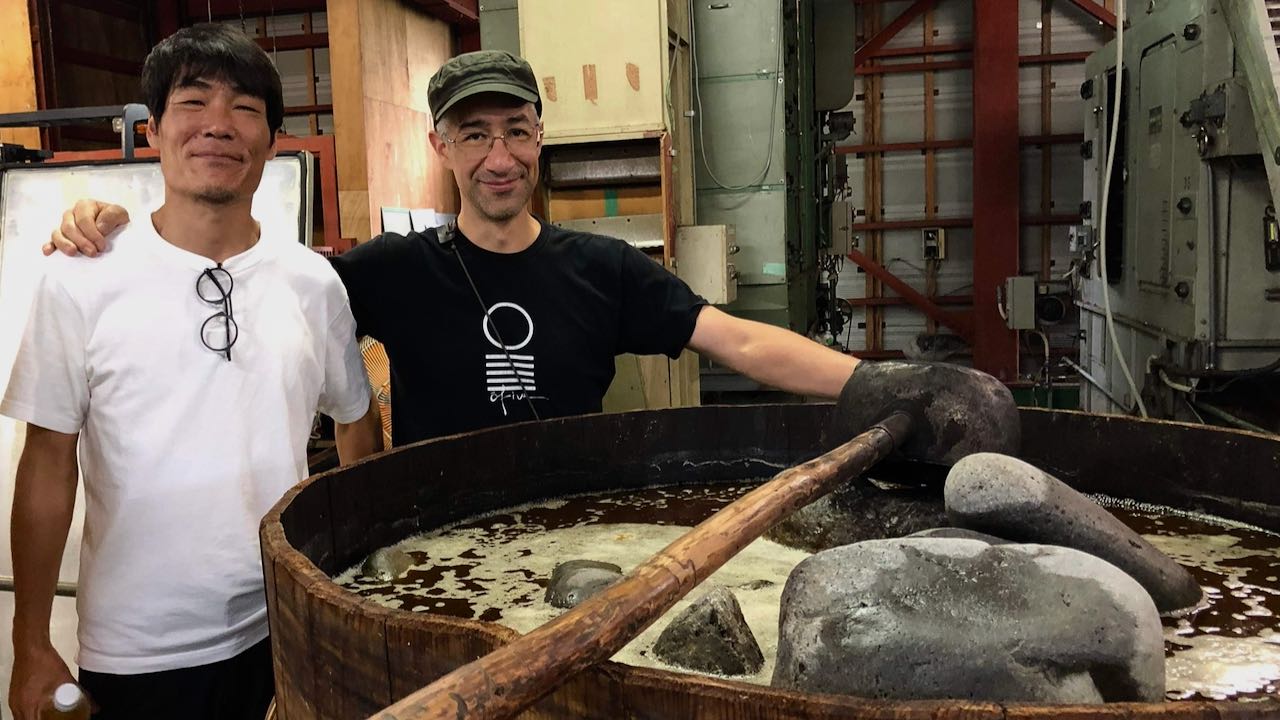Navigating the Matcha Storm

I’ve been putting off writing this article for a while. By now, anyone who drinks matcha regularly has probably felt the impact of the “matcha crisis” (or “matcha craze”) of 2025: prices are up, matcha is harder to find at your favourite shop… and everyone and their cousin is posting their green lattes on Instagram.
There are some positives:
-
As tea nerds, it’s genuinely exciting to see so many people enjoying matcha daily.
-
Farming and handcrafting matcha require immense skill and hard work, so it’s encouraging to see tea growers being more fairly compensated.
On the other hand, price volatility and product scarcity aren’t fun — not for tea drinkers, and not for small businesses like ours.

What’s Behind This Matcha Crisis?
Prices have skyrocketed across Japan — particularly in Uji and Yame. We’ve seen tencha (the tea leaves milled into matcha) selling for more than 300% of 2024 prices in recent auctions. And this applies not only to top-tier, competition-grade teas (hand-picked and meticulously crafted), but also to large-scale, machine-harvested productions.
Everybody Is Drinking Green Stuff!
Matcha has never been this popular. From New York to Copenhagen, Los Angeles to Berlin, coffee bars now offer matcha lattes as a staple, not a novelty. Increasingly, they’re also serving higher-grade straight matcha. At home, more people are whisking their daily bowls and sharing their frothy green creations on social media.
But Matcha Growers Face a Storm
The 2025 harvest was tough. Climate change is making itself felt: erratic weather, late frosts, and intense sun have all hurt yields in key tea-growing regions. On top of that, there are bottlenecks at every stage of matcha production.
There weren’t enough pickers during harvest — Japan’s population is aging, and many young people are moving to the cities. Tencha processing facilities ran around the clock. Refining plants (where shiage tencha is finished) are fully booked. Even the traditional millstones used to grind matcha are overburdened.
Another possible factor behind surging demand: tea lovers in the U.S. have less access to Chinese tea (the world’s largest source). (We won’t go too deep down that rabbit hole here.)
And the demographic trends aren’t helping. Japan’s working-age population (15–64 years old) has been steadily shrinking — from around 87 million in 1995 to roughly 74 million in 2023 — making it harder and harder for matcha growers to find help.

What We’re Doing About It
At our tea bar, we love matcha — and many of you do too. We believe in building long-term relationships with producers and supporting an environment where quality and craft are respected and rewarded.
At the same time, we operate within the realities of this market. When prices at origin increase by 200–300%, we can absorb part of the impact, but not all of it. To remain sustainable, we do need to raise some of our prices — particularly those of our Competition Grade and Daily Ceremony matcha subscriptions. Please know we’re doing our best to minimize the effect on you.
Here’s how we’re responding:
-
Direct sourcing: In June, we traveled to Japan to pre-purchase select lots of tencha. We’re deeply grateful to the growers who trust us and grant O5 access to their incredible teas.

-
Better logistics: We’ve streamlined operations, consolidating larger shipments at origin and expanding freezer storage at home to keep both tencha and matcha fresh. It adds stress to cash flow, but allows us to reduce long-term costs.
-
Milling to order: We're now often milling matcha to order. This allows us to work with amazing producers who create tencha (but don’t make matcha themselves), and helps us bypass one of the biggest bottlenecks in this year’s sourcing journey.

We’re deeply thankful for your continued support and patience. If you have any questions — about your matcha, our sourcing, or anything else — don’t hesitate to reach out. We love hearing from you.



Comments